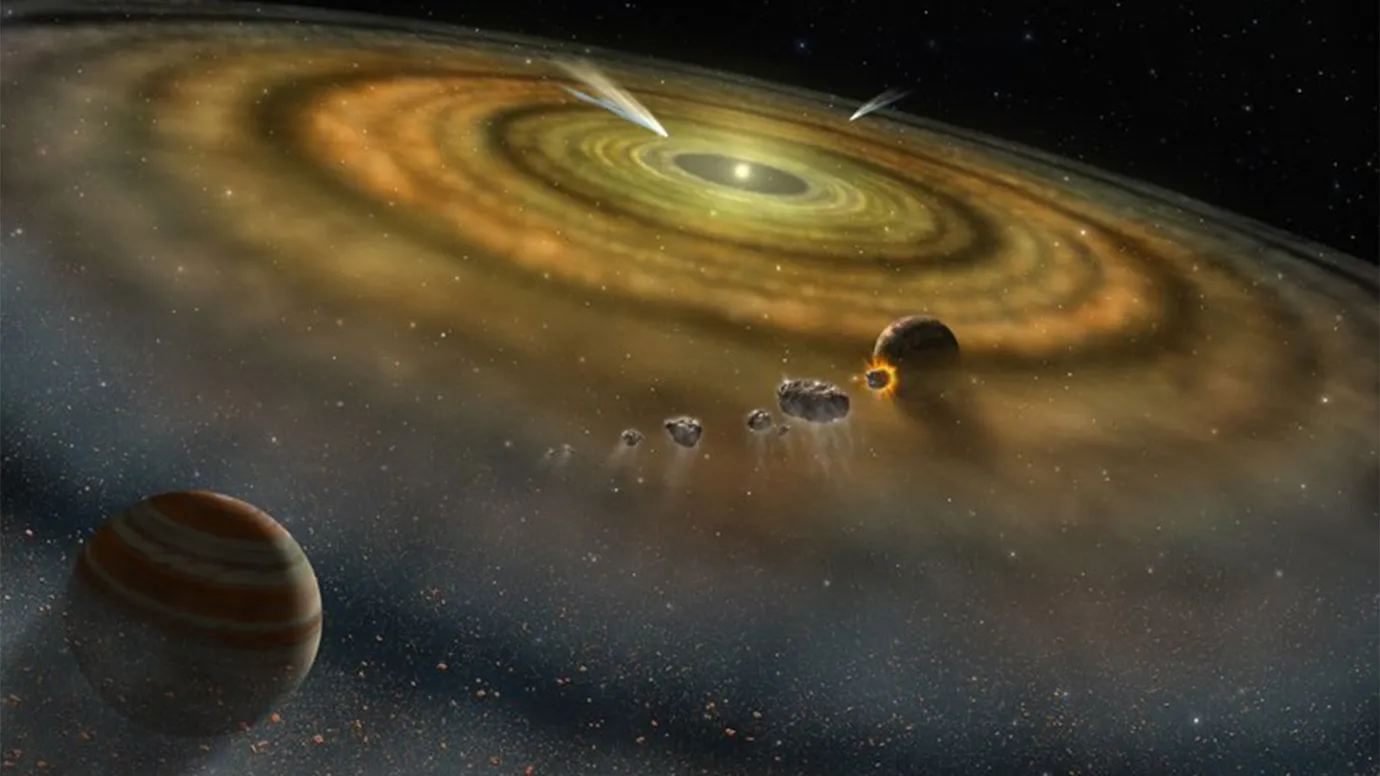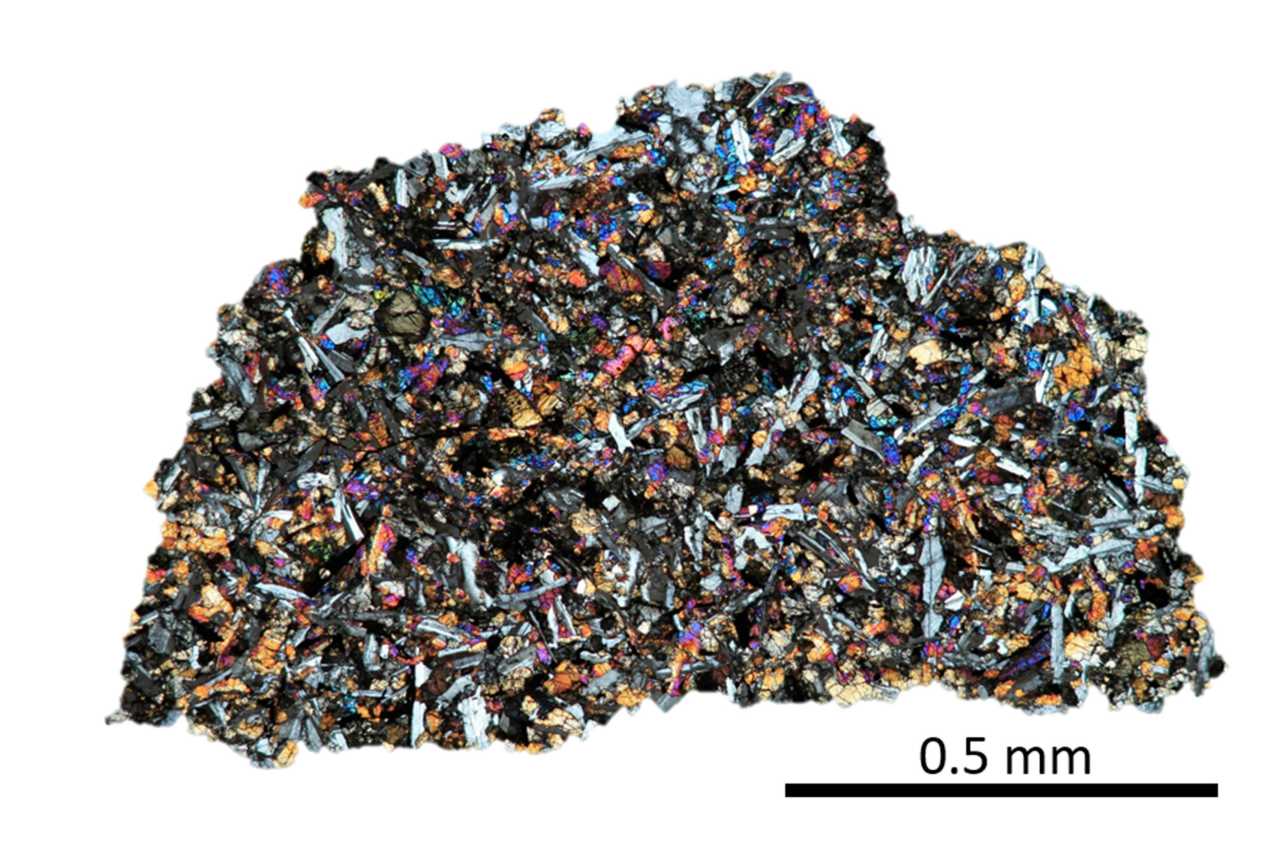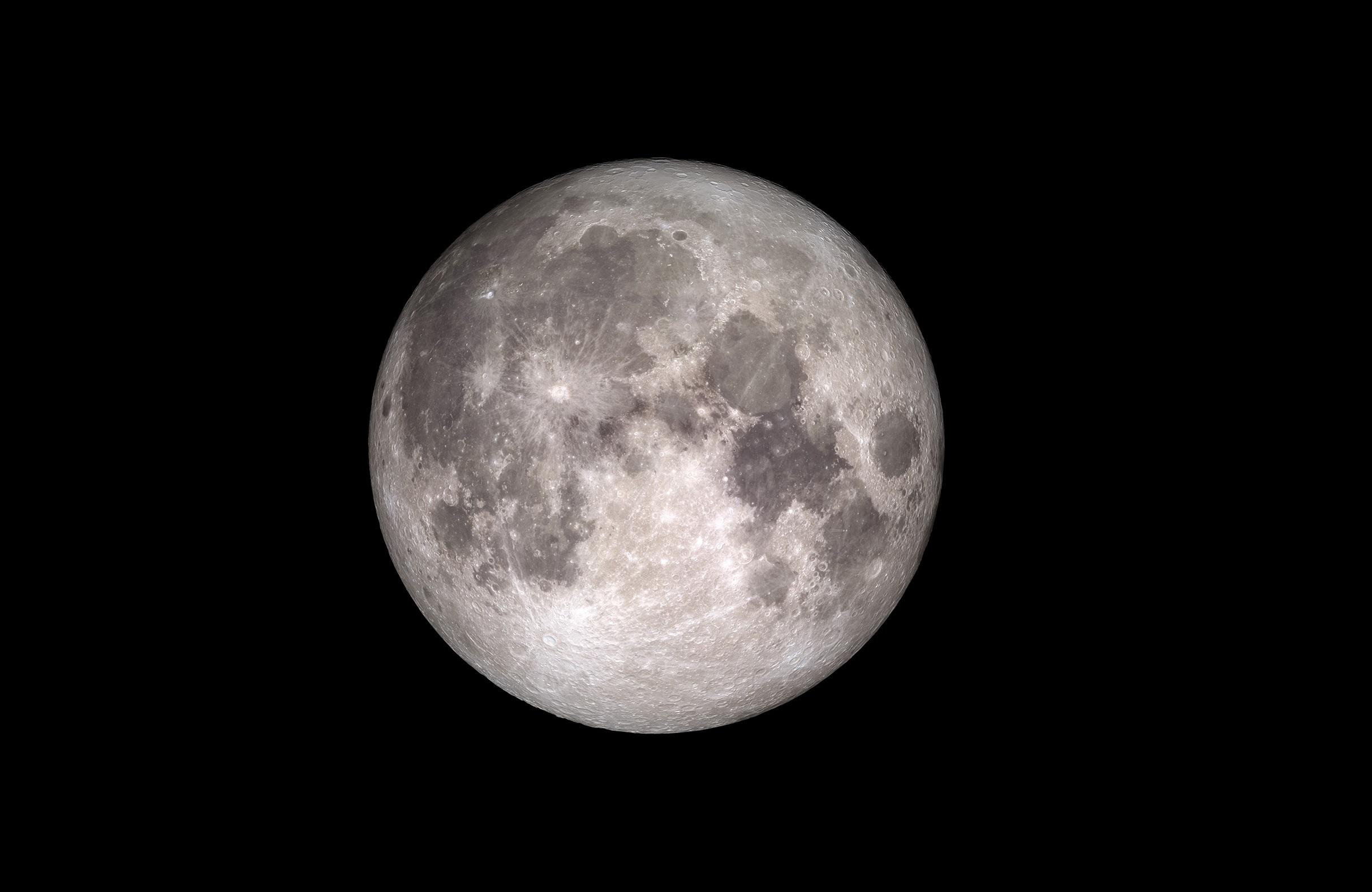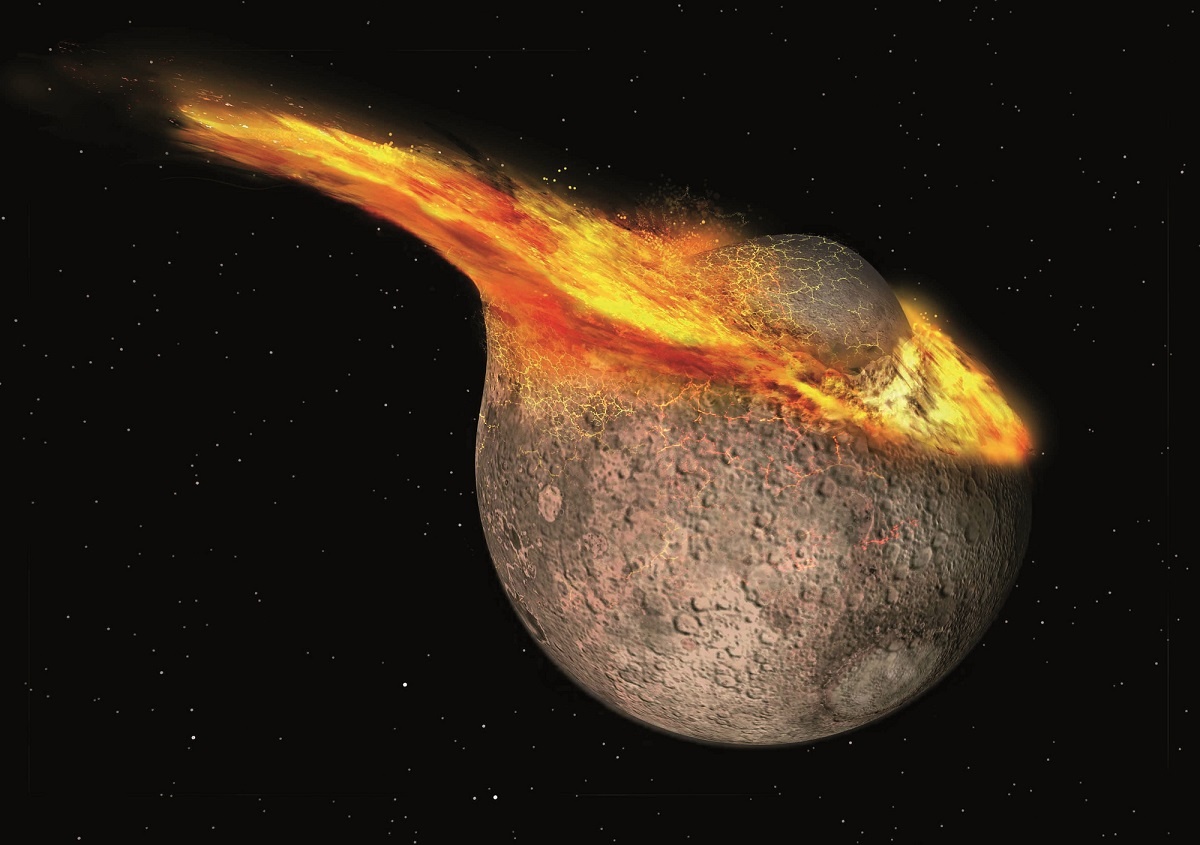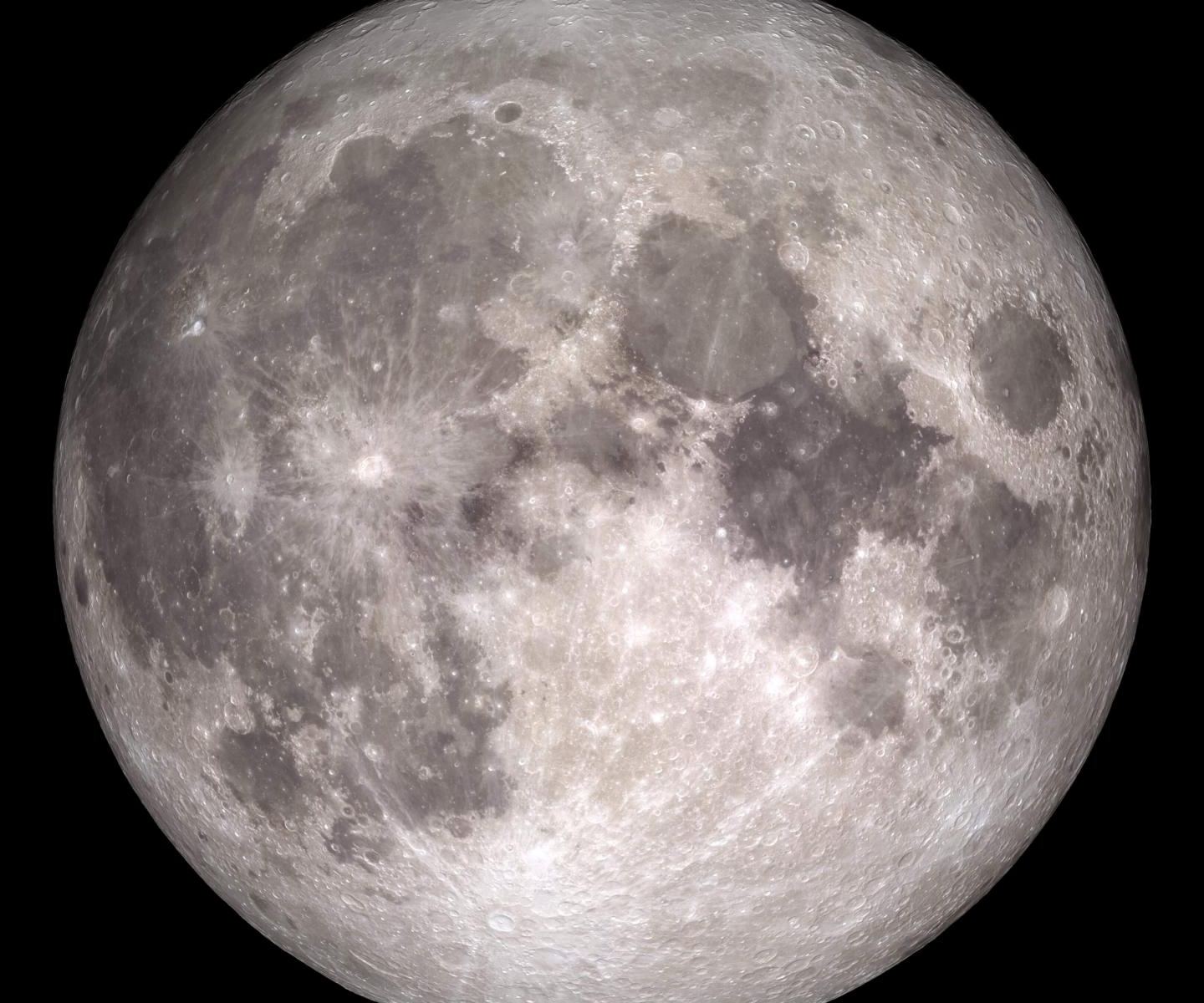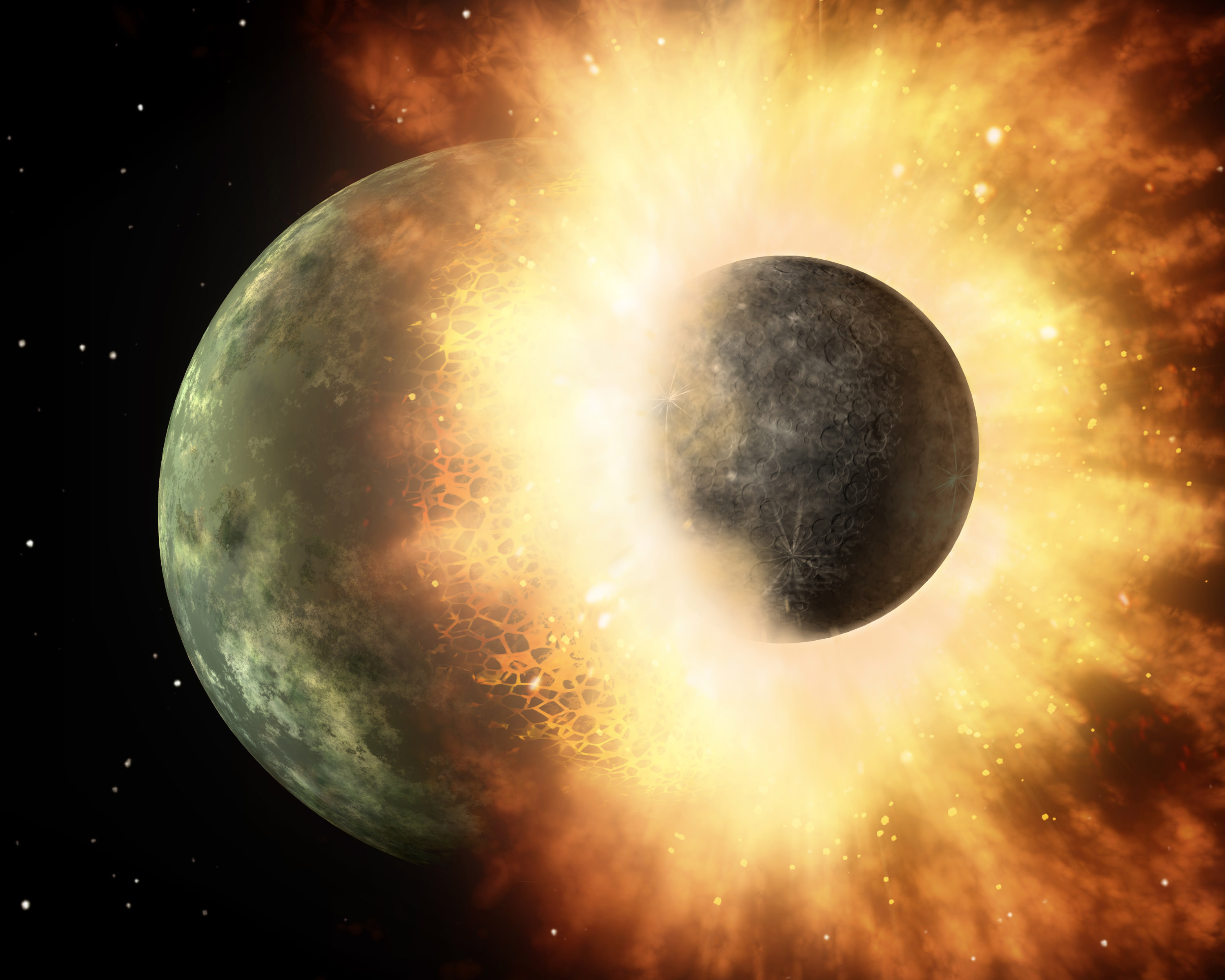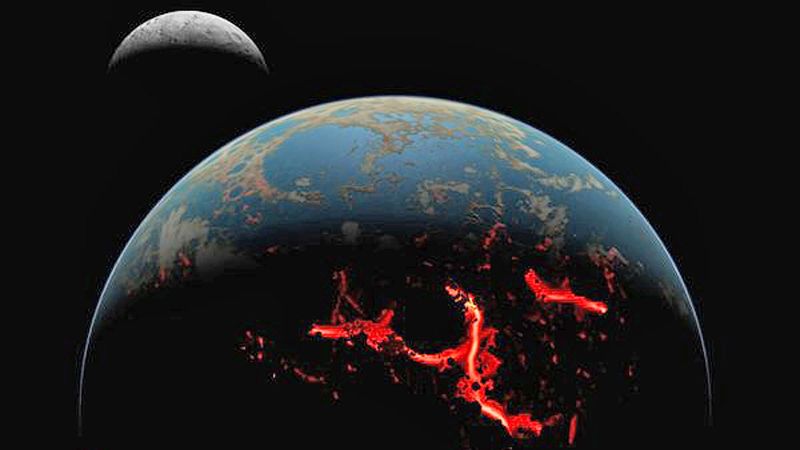Untangling what happened in our Solar System tens or hundreds of millions of years ago is challenging. Millions of objects of wildly different masses interacted for billions of years, seeking natural stability. But its history—including the migration of the giant planets—explains what we see today in our Solar System and maybe in other, distant solar systems.
New research shows that giant planet migration began shortly after the Solar System formed.
Continue reading “The Giant Planets Migrated Between 60-100 Million Years After the Solar System Formed”
